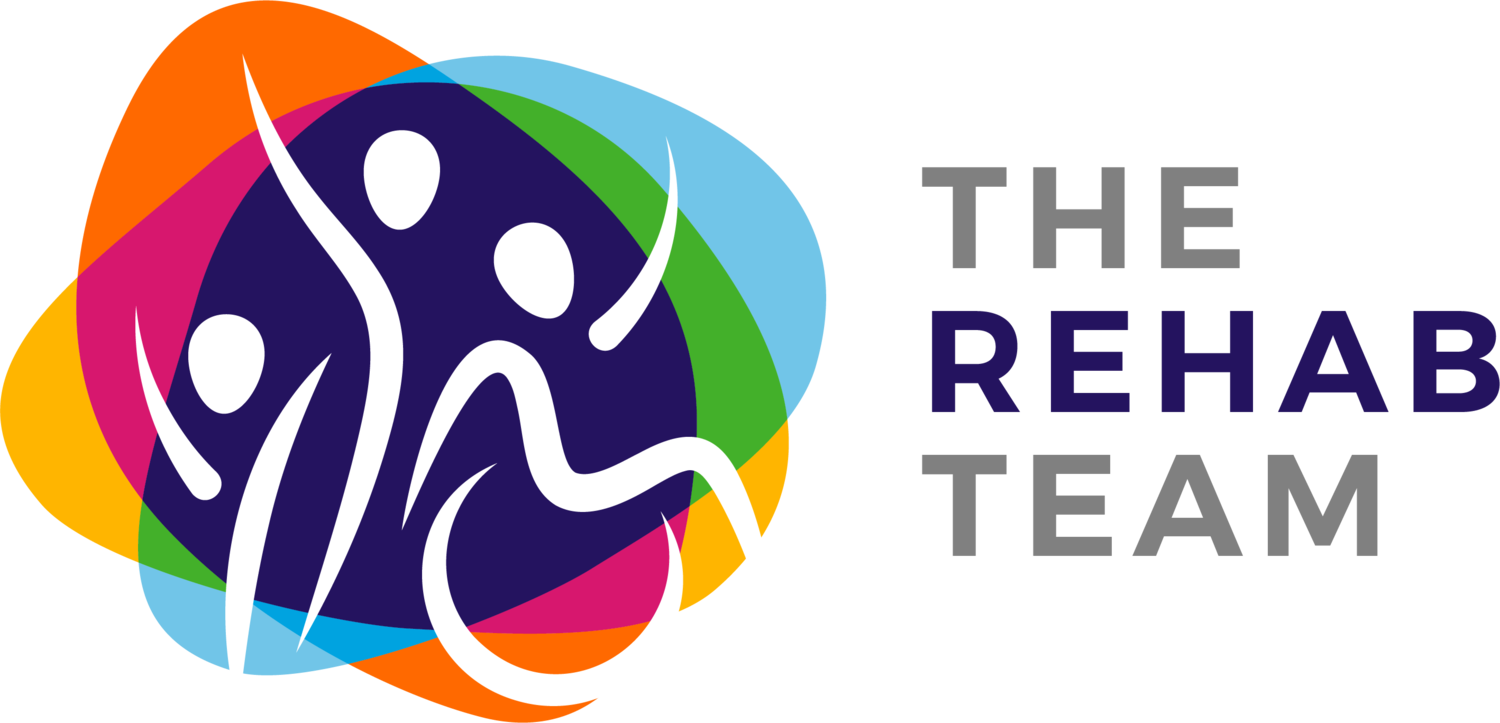Frozen to the spot - Freezing in Parkinson’s
Do you feel like your feet are glued to the ground? Having difficulties starting or stopping movement is known as “freezing” and can be a common and disabling symptom of Parkinson’s.
Freezing of walking is defined as a “brief, episodic absence or marked reduction of forward progression of the feet despite the intention to walk”. People experience a sudden inability to take an effective step while walking, turning or initiating walking. They feel as if their feet are glued to the ground. Freezing often lasts a couple of seconds although longer periods can occur.
Freezing significantly increases the risk and fear of falling. This can often lead to decreased mobility, independence and quality of life.
What triggers freezing?
It can be helpful to have a good understanding of the underlying cause and triggers of your freezing. This can often be addressed in order to decrease the frequency and severity of freezing episodes.
The most common trigger resulting in freezing is turning. Other common drivers include performing cognitive tasking while walking (known as dual tasking), overcoming environmental challenges, approaching destinations, walking through doorways and reduced visual input such as walking in the dark.
The triggers for freezing can now be divided into 3 categories:
Asymmetric Motor - Freezing commonly triggered by physical movement such as starting or finishing movement, turning, walking through doorways or tight spaces.
Anxiety - Resulting in freezing.
Sensory-Attentional Impairments - Freezing due to difficulties with dual tasking and the ability to shift attention between one task and another.
What causes freezing in Parkinson’s?
Freezing when walking is a highly complex symptom and this question is still being pondered in current research. The most recent theory requires an understanding of the automatic gait (walking) control in healthy individuals. The ability for individuals to walk automatically is achieved through a complex circuit involving many different areas of the brain. This motor circuit runs separately to other circuits such as our cognitive (thinking), limbic (emotional) and sensory circuits. The segregation of these circuits means that consecutive processing can occur within multiple circuits at the same time without any interference. This ensures normal walking. During challenging walking tasks, attentional control will be called upon. The need for attentional control of gait increases as we age and even more so in Parkinson’s.
Following degeneration of the nigral-striatal dopaminergic neurons that occurs in early Parkinson’s, walking automatically becomes impaired. In order to maintain control of walking, the separate sensory and cognitive circuits start to come on board to help, resulting in a greater inter-circuit connectivity. Freezing is thought to occur when the processing demands exceed the combined capacity of the motor and compensatory circuits.
In more advanced stages of Parkinson’s, further degeneration is thought to impact the ability of the compensatory gait circuits which alongside the heavily affected motor circuit, results in significant walking disability and regular freezing.
Also, check out our other blog outlining how to take control of your Parkinson’s.
How can a neurological physiotherapist help with freezing?
We know that exercise has been found to have neuroprotective and neurorestoration benefits and may result in slowing down the progression of the disease in the very early stages of Parkinson’s. This means that the earlier Parkinson’s specific exercise is started the better the neuroplastic benefits will be. It is never too late to start your program, however, the further from diagnosis, the harder and longer you will need to work to achieve similar results.
Additional physiotherapy interventions shown to reduce the severity of freezing include:
Training aimed at directly alleviating freezing episodes and better preparing clients to upcoming freezing such as cueing strategies, action-observation training and fall prevention interventions.
Therapy aimed at training the motor and non-motor correlates involved in freezing. The aim is to reduce the severity and frequency of freezing episodes or if possible bypass triggers known to result in freezing.
Unfortunately, if the specific interventions for freezing are stopped, the benefits seen in reducing freezing are not sustained for more than 1-6 months. This highlights the importance of keeping people living with Parkinson’s engaged in individualised therapy in the long-term.
If you are experiencing freezing, touch base with The Rehab Team today.
References for this blog:
-Goa, C., (2020). Freezing of gait in Parkinson’s disease: pathophysiology, risk factors and treatments. Translational Neurodegeneration, 9:12
-Gilat, M et al., (2021). A systematic review on exercise and training-based interventions for freezing of gait in Parkinson’s Disease. Parkinson’s Disease, 7:81.
-Ehgoetz Martens, K et al., (2018). Evidence for subtypes of freezing of gait in Parkinson's disease. Movement Disorders, 33:7.

